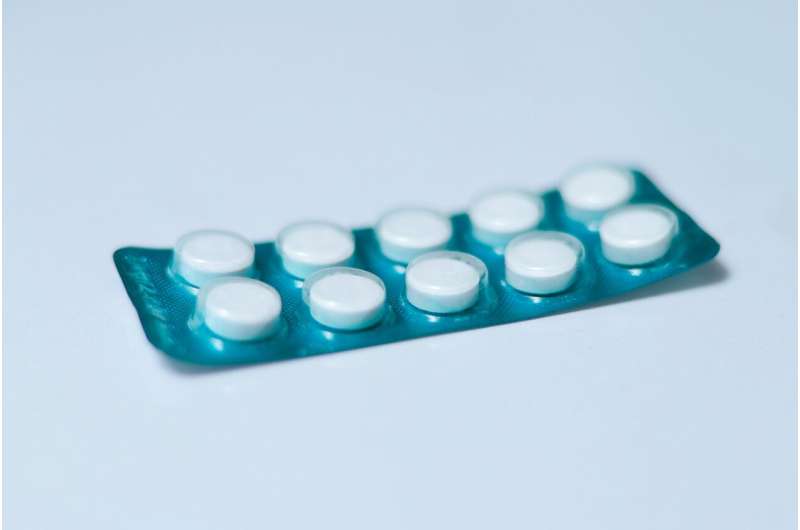
Research led by the Karolinska Institutet, Sweden, has found an increased risk of cardiovascular disease associated with long-term ADHD medication use. Specific associations with different medications and dosages were connected to hypertension and arterial disease, with a higher risk observed for stimulant medications.
In a paper, “Attention-Deficit/Hyperactivity Disorder Medications and Long-Term Risk of Cardiovascular Diseases,” published in JAMA Psychiatry, the team used a case-control study to examine the cardiovascular disease (CVD) outcomes of long-term attention-deficit/hyperactivity disorder (ADHD) medication use.
Within a robust cohort of 278,027 individuals with ADHD aged 6 to 64 years, the incidence rate of CVD was 7.34 per 1000 person-years. The study analyzed 10,388 cases (with CVD) and 51,672 matched controls and observed higher rates of CVD in cases compared to controls.
Cases were identified based on recorded diagnoses of various types of CVD, including ischemic heart diseases, cerebrovascular diseases, hypertension, heart failure, arrhythmias, thromboembolic disease, arterial disease, and other forms of heart disease.
Controls were selected to match cases regarding age, sex, and calendar time. They were individuals who did not have a diagnosis of CVD at the time when their matched case received a diagnosis of CVD.
Meta-analyses of previous randomized clinical trials have reported increases in heart rate and blood pressure associated with both stimulant and non-stimulant ADHD medications. The clinical trials tended to be shorter term, and thus the need for a longer-term follow up.
In the current study, researchers found long-term use of stimulant methylphenidate had an adjusted odds ratio for increased risk of CVD of 20% for 3 to 5-year use and 19% for over 5-year users. Lisdexamfetamine was associated with an elevated CVD risk of 23% for 2 to 3 years and 17% for over 3 years of use.
Non-stimulant atomoxetine had an increased association with CVD that was significant only for the first year of use at 7%.
ADHD is a common psychiatric condition characterized by inattentiveness, impulsivity, and hyperactivity. Pharmacological therapy often includes stimulants like methylphenidate (Ritalin, Concerta) and dextroamphetamine-AMP (Adderall). These stimulants would cause most people to feel jittery, amped-up, and anxious but are calming to those with ADHD, allowing them greater ability to focus.
Stimulants may seem counterintuitive as a treatment for people with hyperactive symptoms. By binding to presynaptic dopamine transporters or blocking reuptake mechanisms, stimulants allow repressed catecholamine (hormone-based neurotransmitters) levels in ADHD patients to be restored.
Atomoxetine (Strattera) is a non-stimulant drug that acts on the reuptake mechanism of norepinephrine. While effective for some, it only manages symptoms for around 30% of patients, compared to approximately 70% for those taking stimulants.
Non-stimulants used in the treatment of ADHD are sometimes formulations of tricyclic antidepressants. These can be effective for ADHD symptoms yet have been associated with heart arrhythmias, and, as with any antidepressant use, off-target behavioral or psychological side effects have been reported.
More information:
Le Zhang et al, Attention-Deficit/Hyperactivity Disorder Medications and Long-Term Risk of Cardiovascular Diseases, JAMA Psychiatry (2023). DOI: 10.1001/jamapsychiatry.2023.4294
Samuele Cortese et al, Long-Term Cardiovascular Effects of Medications for Attention-Deficit/Hyperactivity Disorder—Balancing Benefits and Risks of Treatment, JAMA Psychiatry (2023). DOI: 10.1001/jamapsychiatry.2023.4126
Journal information:
JAMA Psychiatry
Source: Read Full Article
